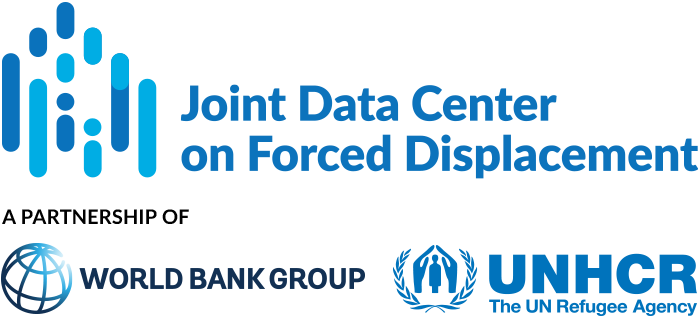This paper examines the short-term effects of refugee arrivals on labor markets, crime, and voting behavior in Germany. Between 2014 and 2015, more than one million refugees arrived in Germany. The authors exploit exogeneous variations in the number of refugees per...
JDC Literature Review
Do refugees cause crime?
This paper examines the short- and long-term impacts of Syrian refugees on crime rates in Turkey, either because they are directly involved in illegal activities or because they increase the criminality of the native population. At the time this analysis was...
Rohingya Refugee Camps and Forest Loss in Cox’s Bazar, Bangladesh: An Inquiry Using Remote Sensing and Econometric Approaches
More than 740,000 Rohingya refugees from Myanmar fled to Bangladesh in late 2017 and were accommodated in large refugee camps in Cox’s Bazar district. This paper evaluates whether the Rohingya refugee camps in Bangladesh have caused changes in forest cover in the...
Short-run impact of the Ukrainian refugee crisis on the housing market in Poland
This paper estimates the impact of the Ukrainian refugee crisis, beginning with Russia’s invasion of Ukraine in February 2022, on rental and housing prices in the Polish cities of Warsaw and Krakow. Poland hosts the majority of refugees fleeing the war in Ukraine,...
Refugees and foreign direct investment: Quasi-experimental evidence from US resettlements
This article examines the causal effect of refugees resettled in the United State (US) on Foreign Direct Investment (FDI) flows from the US to refugees’ countries of origin, and studies the case of Vietnamese ‘boat people’ who arrived in the US in 1975. Specifically,...
Effects of including refugees in local government schools on pupils’ learning achievement: Evidence from West Nile, Uganda
This article examines the impact of including refugee children in government schools on learning achievement of both refugee and native pupils in the West Nile region of Uganda. Between June 2016 and December 2017, the refugee population in Uganda increased from 0.2...
The effect of 3.6 million refugees on crime
This paper estimates the causal effect of inflow Syrian refugees on crime rates in Turkey. By the end of 2020, the number of Syrian refugees in Turkey had reached 3.6 million, almost all of whom live outside of refugee camps in host communities. The authors examine...
When do refugees return home? Evidence from Syrian displacement in Mashreq
This paper analyzes the factors that influenced the early, voluntary, and unassisted return of Syrian refugees from Lebanon, Jordan, and Iraq during a period of active conflict in Syria, between January 2011 and March 2018. The analysis is based on a novel dataset...
Trends and Patterns of Global Refugee Migration
This paper examines long-term trends and patterns in global refugee migration between 1951 and 2018, in terms of the intensity, geographic reach, and regional orientation of refugee migration. The author notes that large-scale refugee movements are not a new...
Look who perpetrates violence and where: Explaining variation in forced migration
This paper examines the different determinants of internal and external displacement. The author argues that people flee their homes when the expected utility of leaving exceeds the expected utility of staying, and that in general external displacement is costlier...


